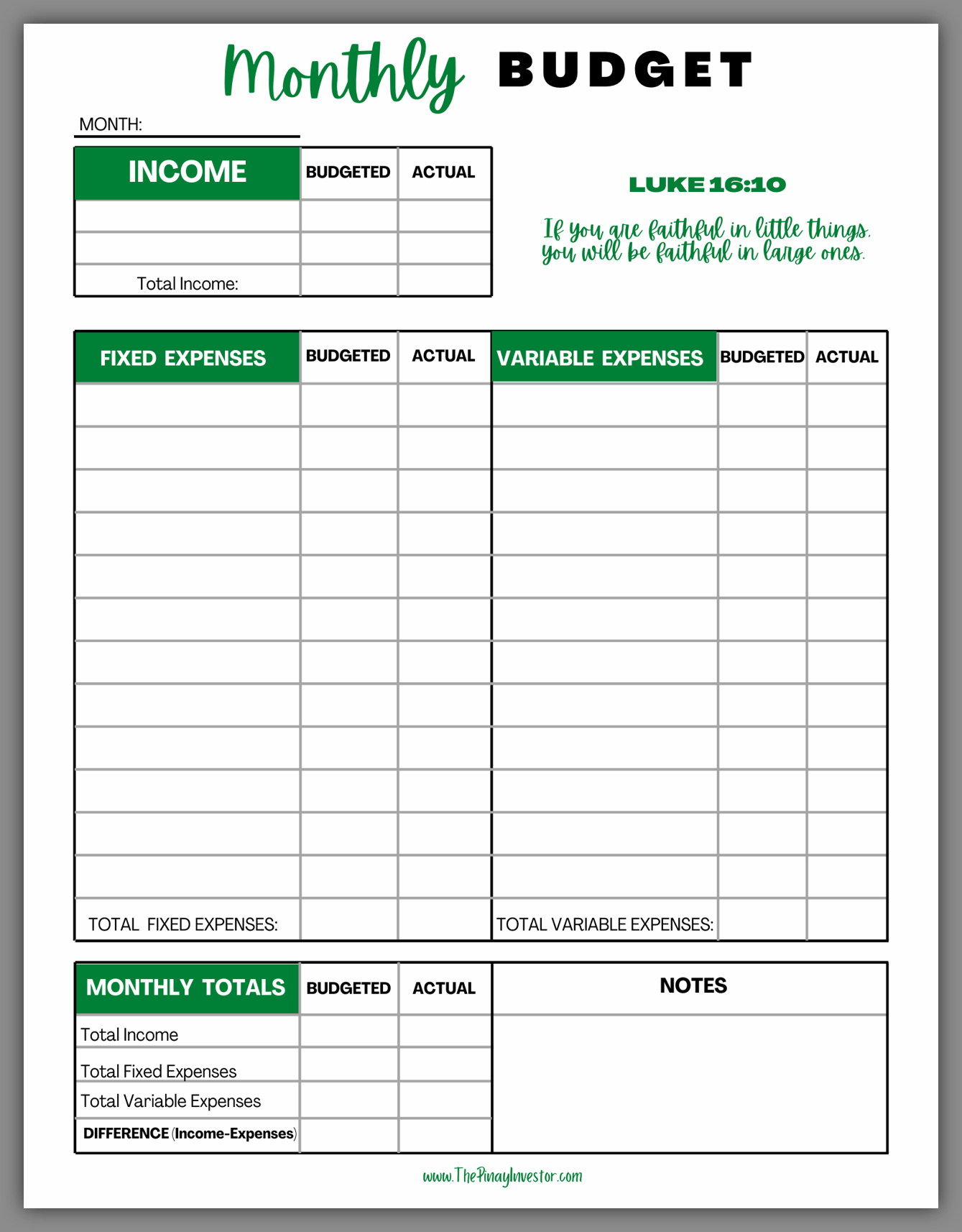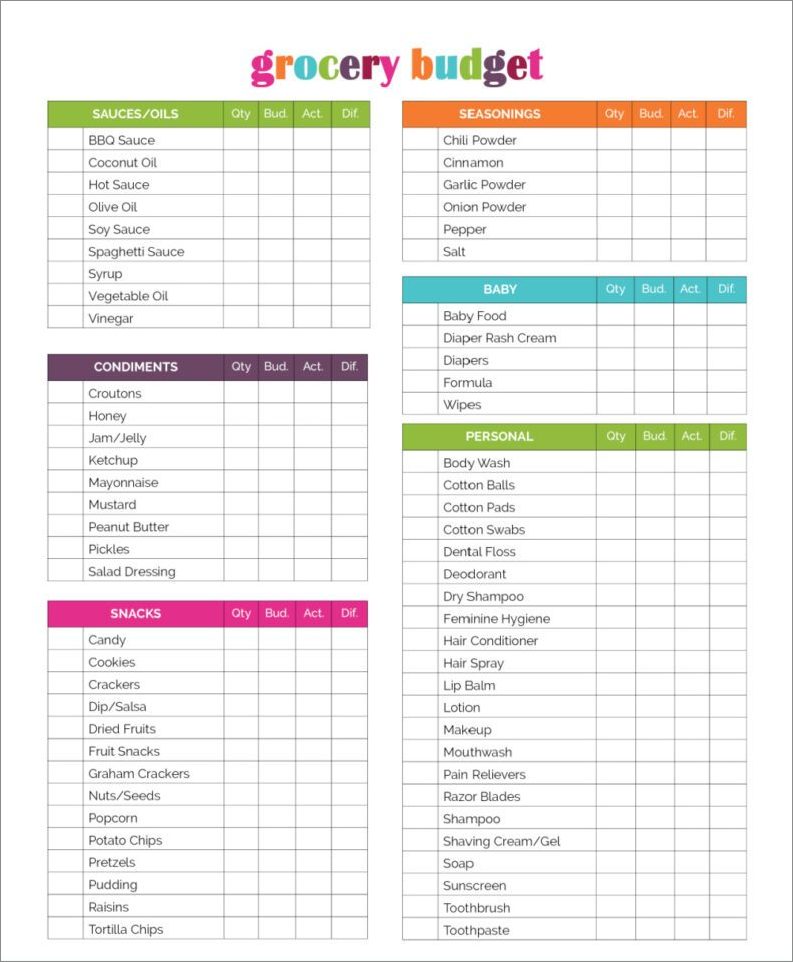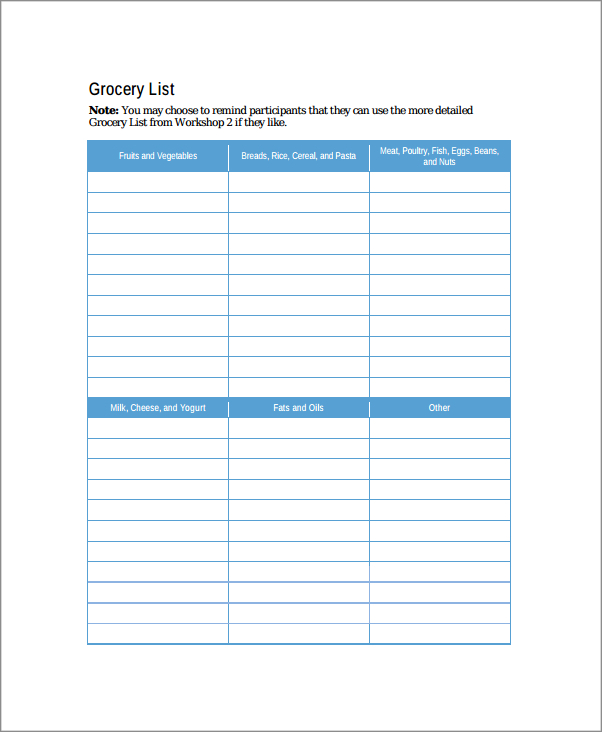A grocery budget is a financial plan that helps you allocate a specific amount of money for your food and grocery expenses. It helps you track your spending, make informed decisions, and ensure that you are not overspending on groceries. Creating and managing a grocery budget can help you save money, reduce food waste, and make smarter choices when it comes to your grocery shopping.
Why Do You Need a Grocery Budget?
Having a grocery budget is essential for several reasons:
- Financial Control: A grocery budget allows you to have better control over your finances by allocating a specific amount of money for food expenses.
- Savings: By creating and sticking to a grocery budget, you can save money and avoid unnecessary expenses.
- Reduce Food Waste: A well-planned grocery budget helps you avoid buying excessive amounts of food that may end up going to waste.
- Healthy Choices: With a grocery budget, you can plan your meals and make healthier choices by including more fruits, vegetables, and nutritious ingredients.
How to Create a Grocery Budget
Creating a grocery budget is a simple process that involves a few key steps:
1. Calculate Your Monthly Income
Start by calculating your monthly income. Consider all sources of income, including salaries, wages, and any additional income you may receive.
2. Determine Your Essential Expenses
Identify your fixed essential expenses, such as rent/mortgage, utilities, transportation, and debt payments. These expenses are non-negotiable and should be prioritized over other discretionary spending.
3. Estimate Your Non-Essential Expenses
Next, estimate your non-essential expenses, including entertainment, dining out, and personal care. These are flexible expenses that can be adjusted based on your financial goals and priorities.
4. Set a Realistic Grocery Budget
Based on your income and essential/non-essential expenses, determine how much you can allocate towards groceries each month. It is recommended to allocate around 10-15% of your monthly income for groceries.
5. Track Your Grocery Spending
Once you have set your grocery budget, track your spending to ensure that you are sticking to it. Use a notebook, spreadsheet, or budgeting app to record your grocery expenses and compare them to your budget.
6. Adjust Your Budget as Needed
Regularly review and adjust your grocery budget as needed. If you consistently find yourself going over budget, consider making adjustments to your spending habits or finding ways to save money on groceries.




Tips for Managing Your Grocery Budget
Here are some tips to help you effectively manage your grocery budget:
1. Plan Your Meals
Plan your meals for the week ahead and create a shopping list based on the ingredients you need. This will prevent impulse buying and help you stick to your budget.
2. Shop with a List
Always shop with a list and stick to it. Avoid buying items that are not on your list unless they are essential.
3. Look for Sales and Discounts
Take advantage of sales, discounts, and coupons to save money on groceries. Compare prices at different stores and consider buying in bulk for items you frequently use.
4. Buy Generic or Store Brands
Consider buying generic or store brands instead of name brands. They are often cheaper and can be just as good in terms of quality.
5. Avoid Shopping When Hungry
Shopping when hungry can lead to impulse buying and overspending. Eat a meal or snack before heading to the grocery store to avoid unnecessary purchases.
6. Shop Seasonally
Buy fruits and vegetables that are in season as they tend to be cheaper and fresher. Consider freezing or preserving excess produce to use later.
7. Limit Convenience Foods
Convenience foods such as pre-packaged meals and snacks are often more expensive. Opt for homemade meals and snacks to save money and have better control over the ingredients.
Sample Grocery Budget
- Grocery Budget: $300 per month
- Income: $2,000 per month
- Essential Expenses: $1,200 per month (rent, utilities, transportation, debt payments)
- Non-Essential Expenses: $400 per month (entertainment, dining out, personal care)
In this example, the individual has $2,000 in monthly income. After deducting essential and non-essential expenses, they have $400 remaining for groceries. They decide to allocate $300 for groceries, leaving a $100 buffer for unexpected expenses or savings.
Conclusion
Creating and managing a grocery budget is an effective way to take control of your finances, save money, and make smarter choices when it comes to your food expenses. By following the steps outlined in this guide and implementing the tips provided, you can create a realistic grocery budget and successfully stick to it. Remember to regularly review and adjust your budget as needed to ensure it aligns with your financial goals and priorities.
Grocery Budget Template – Download
